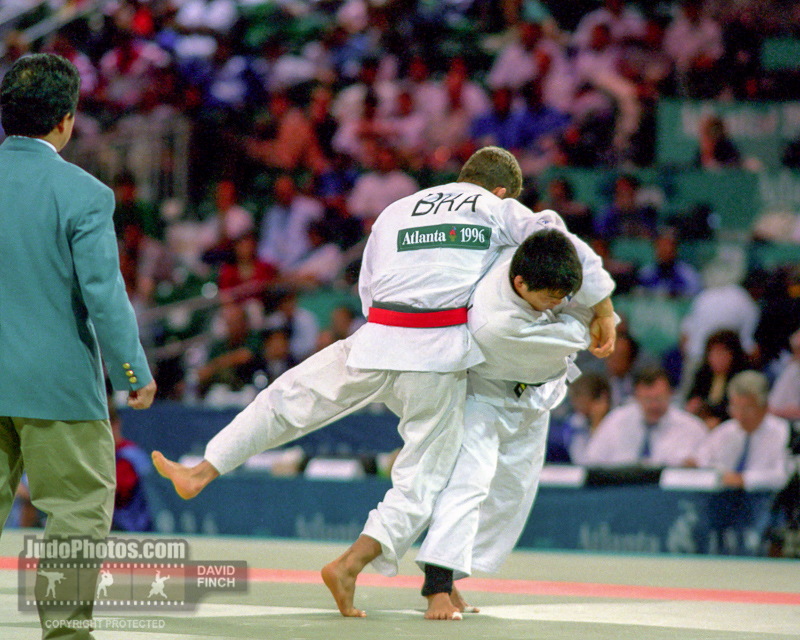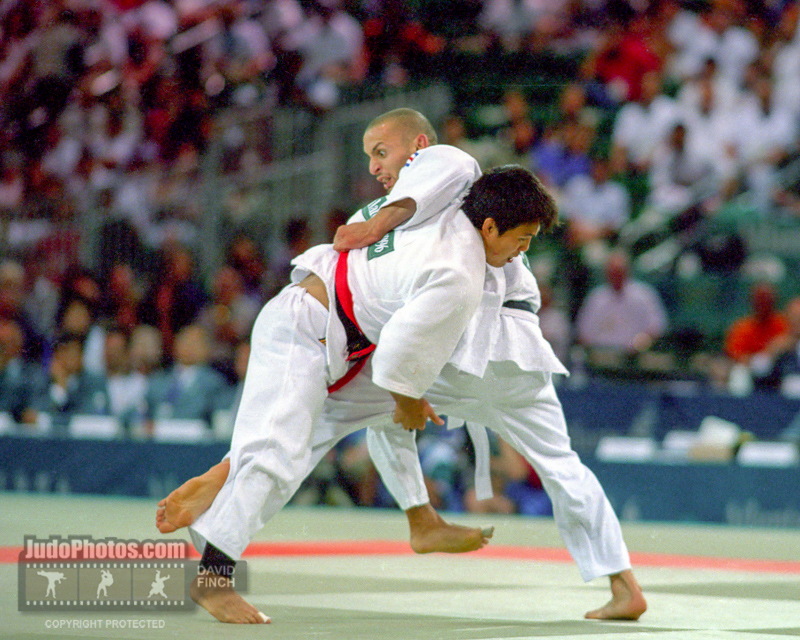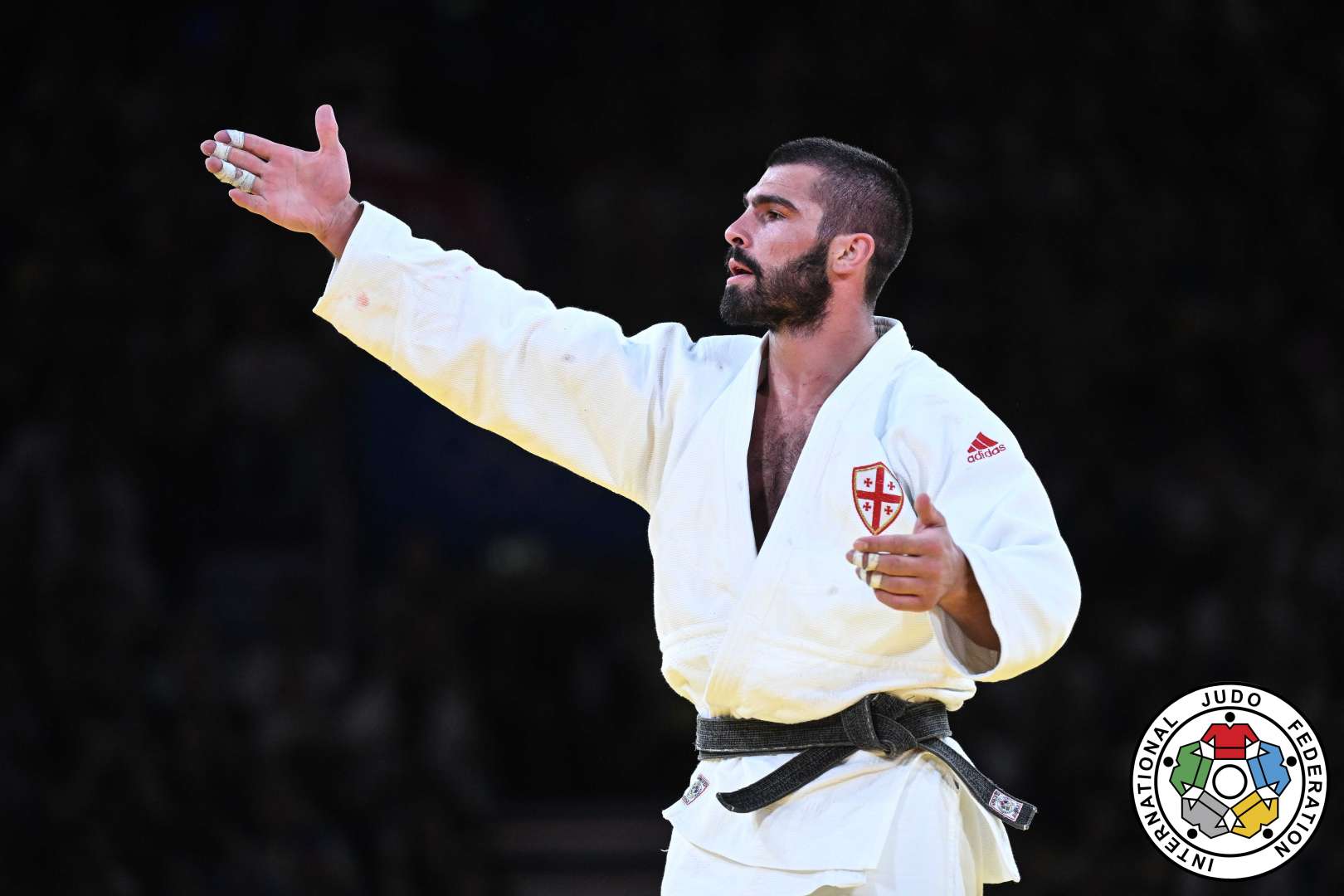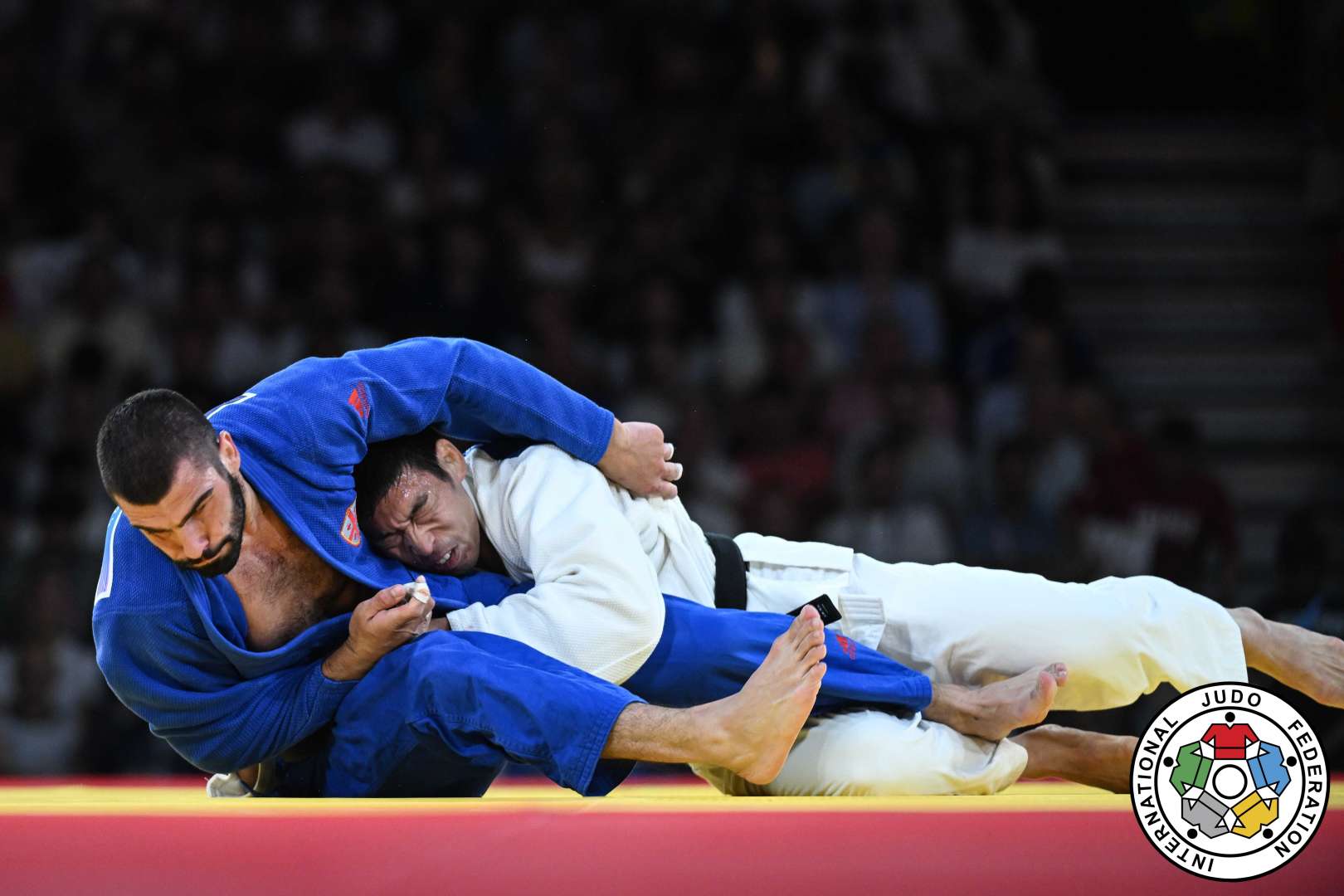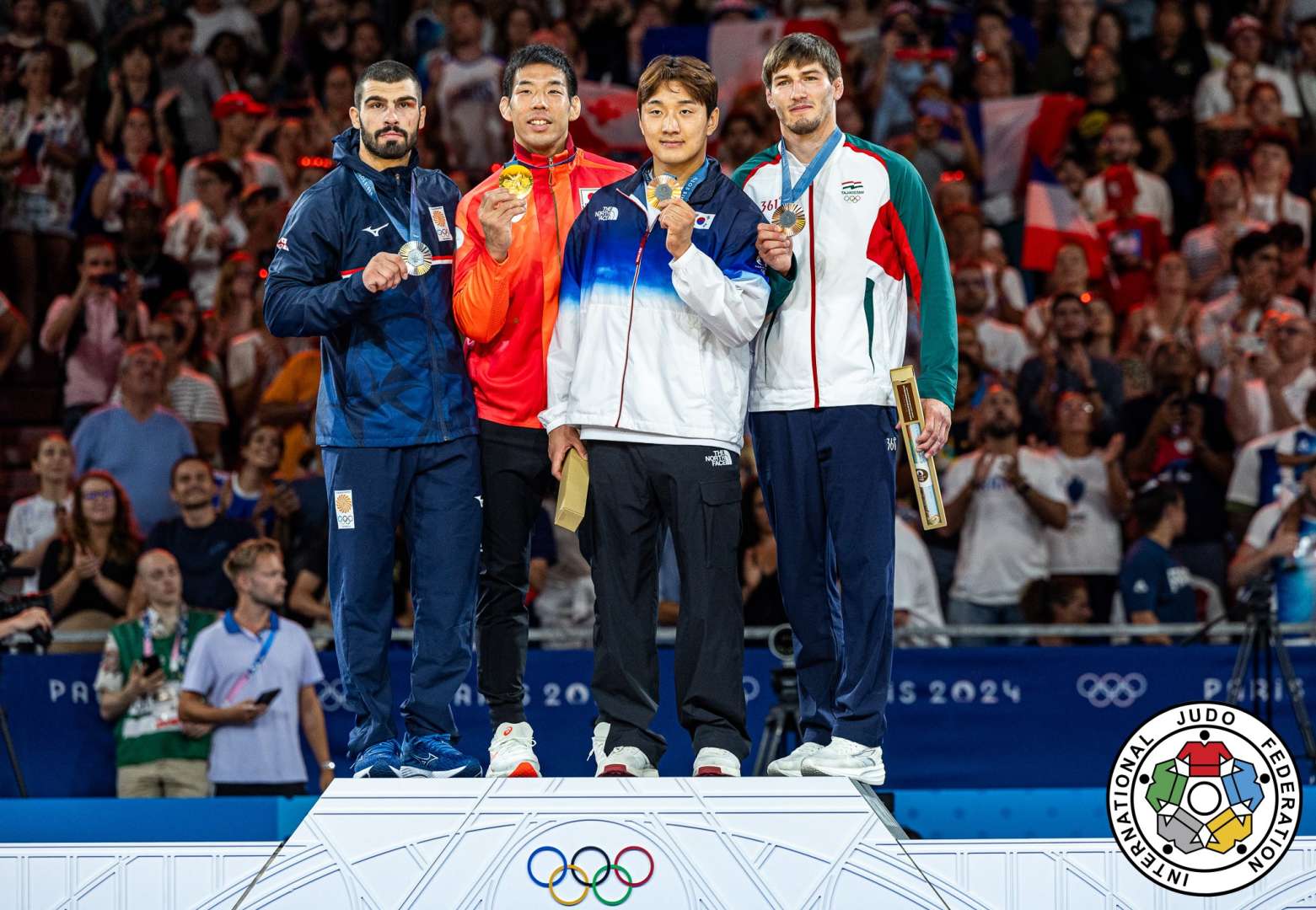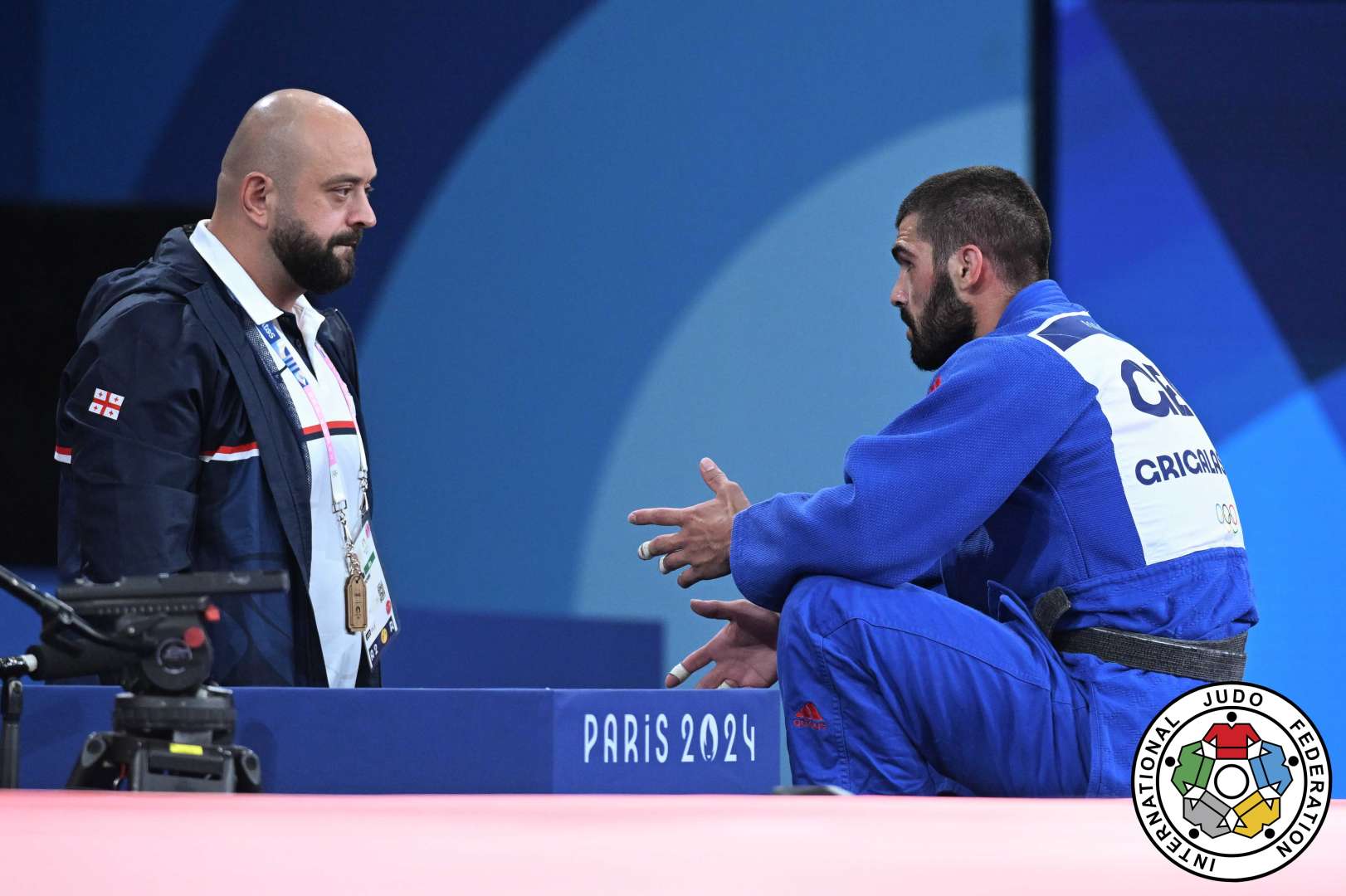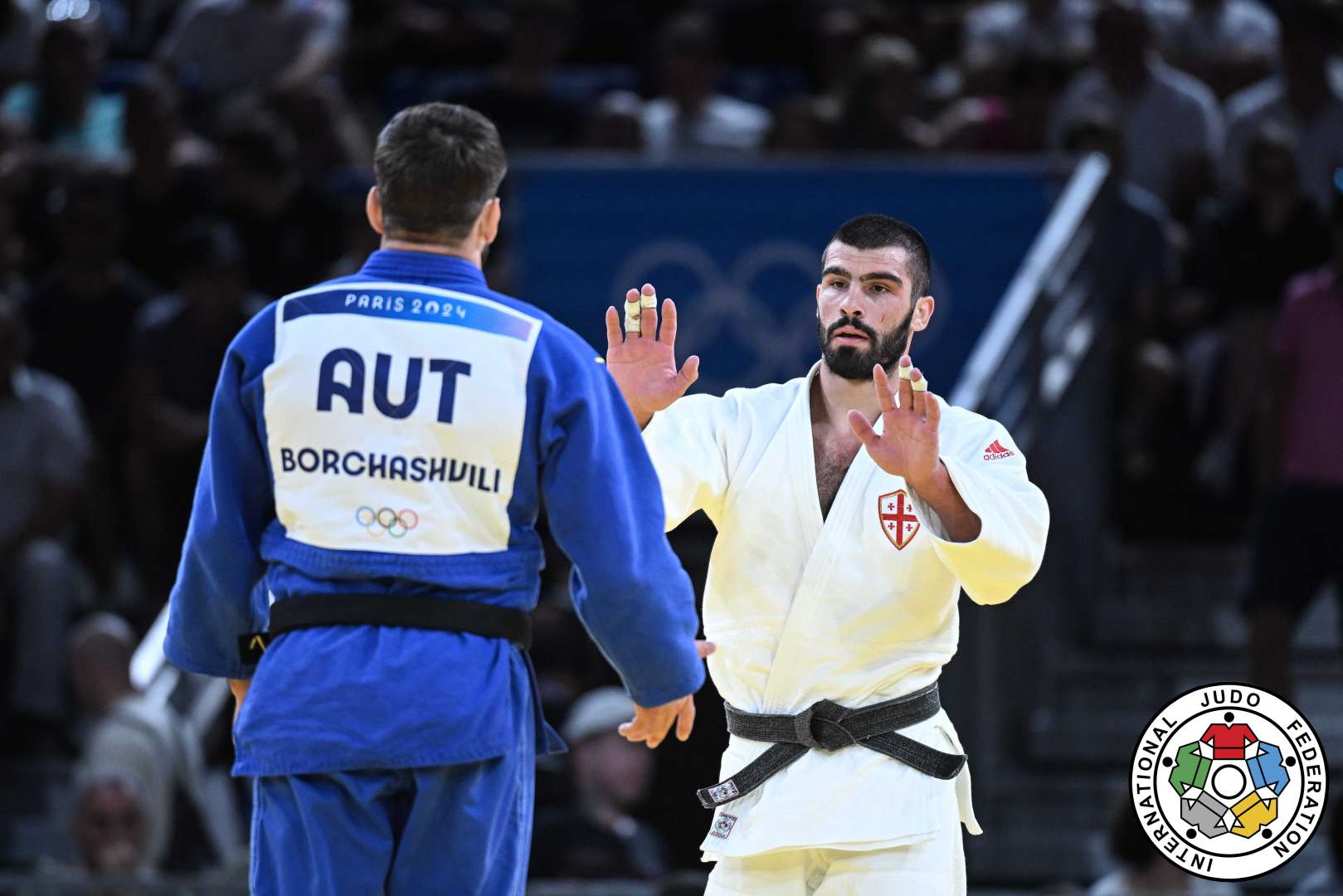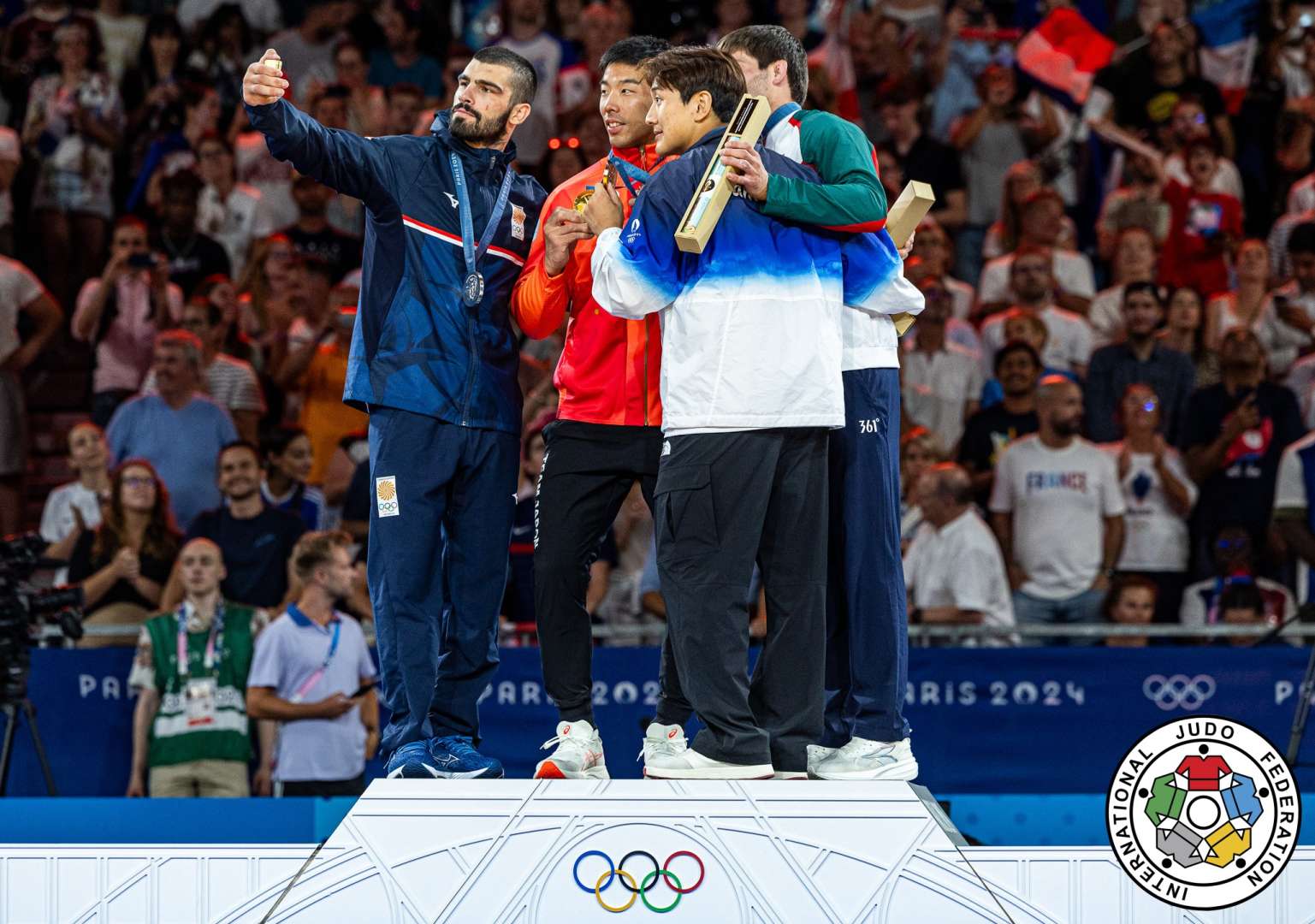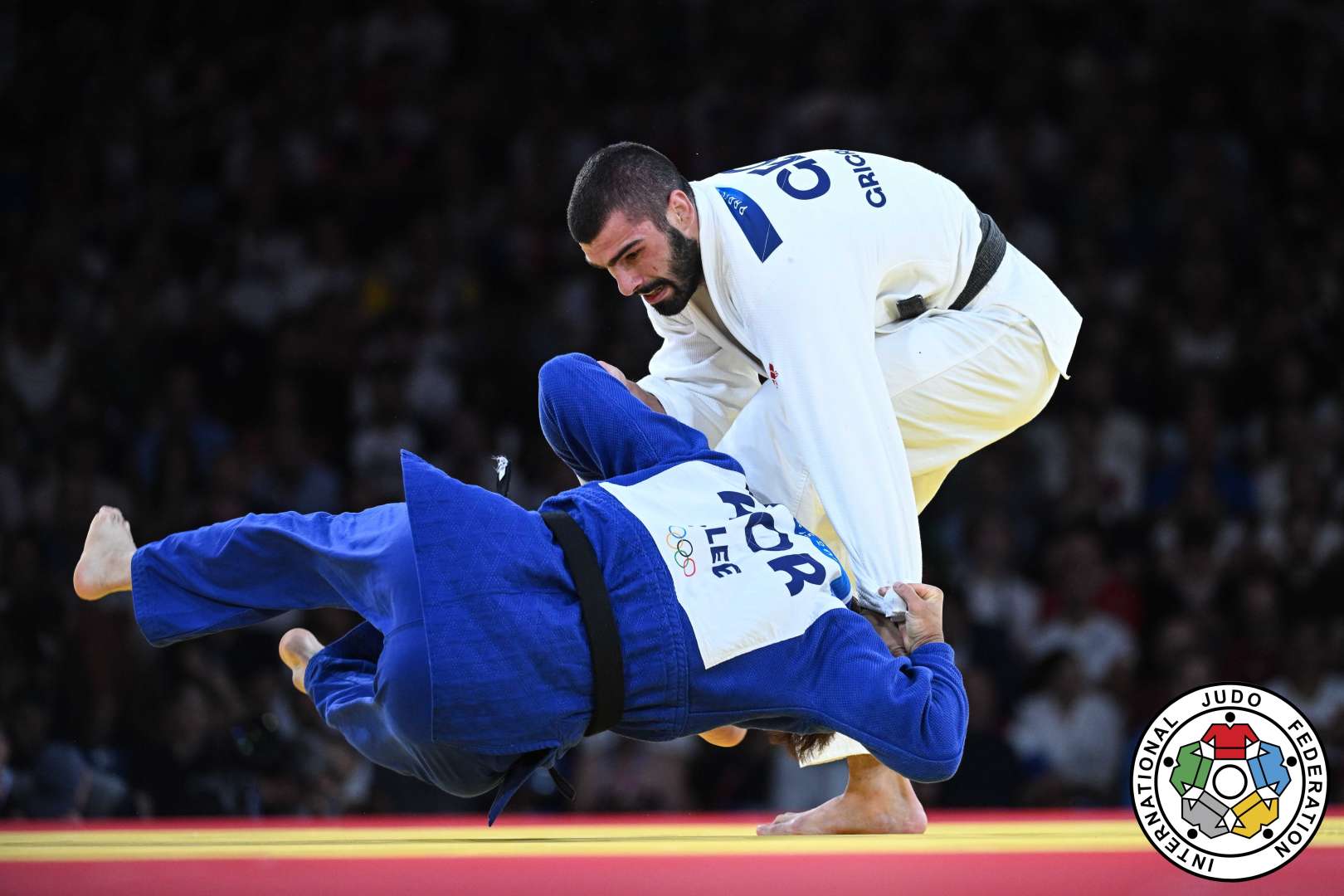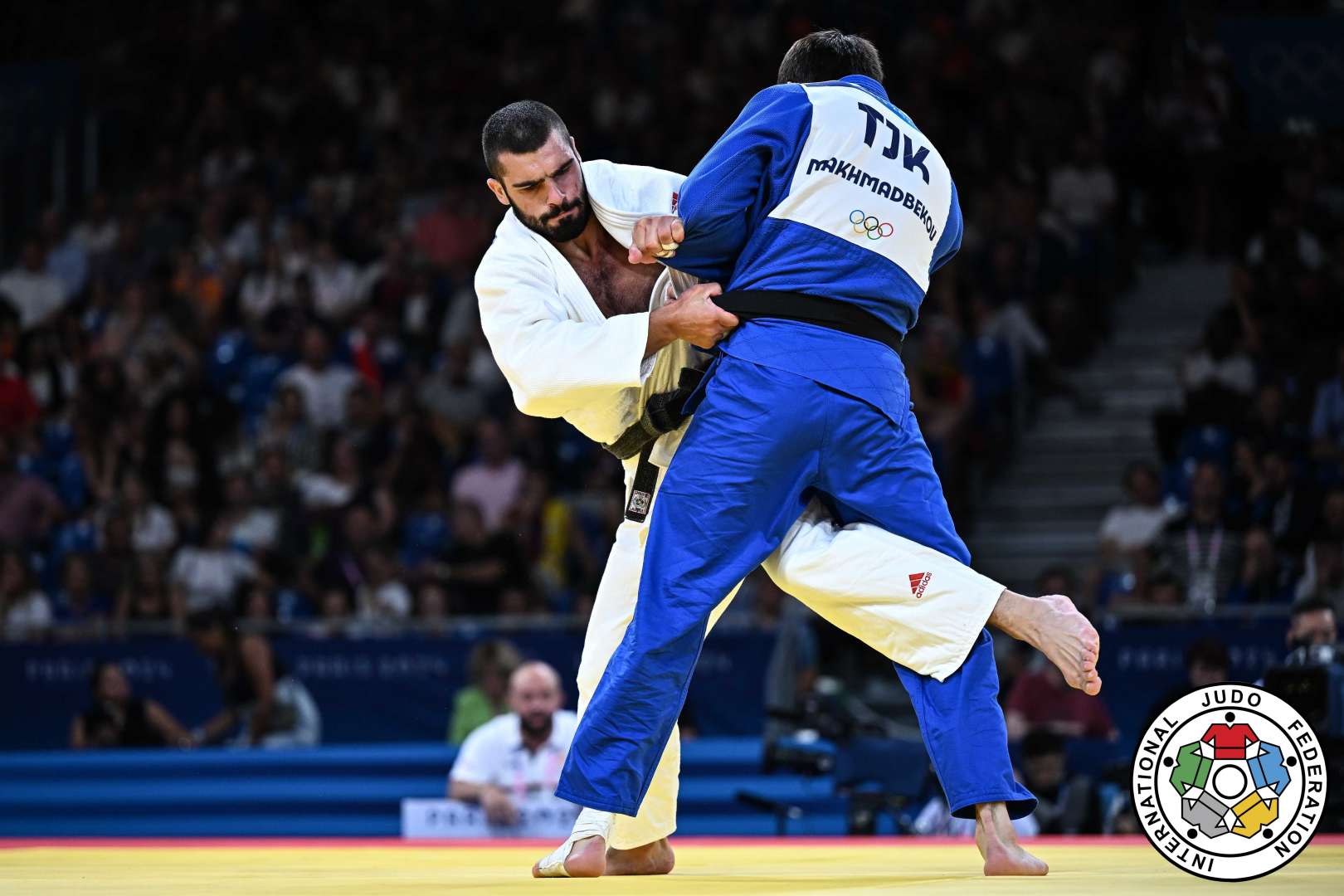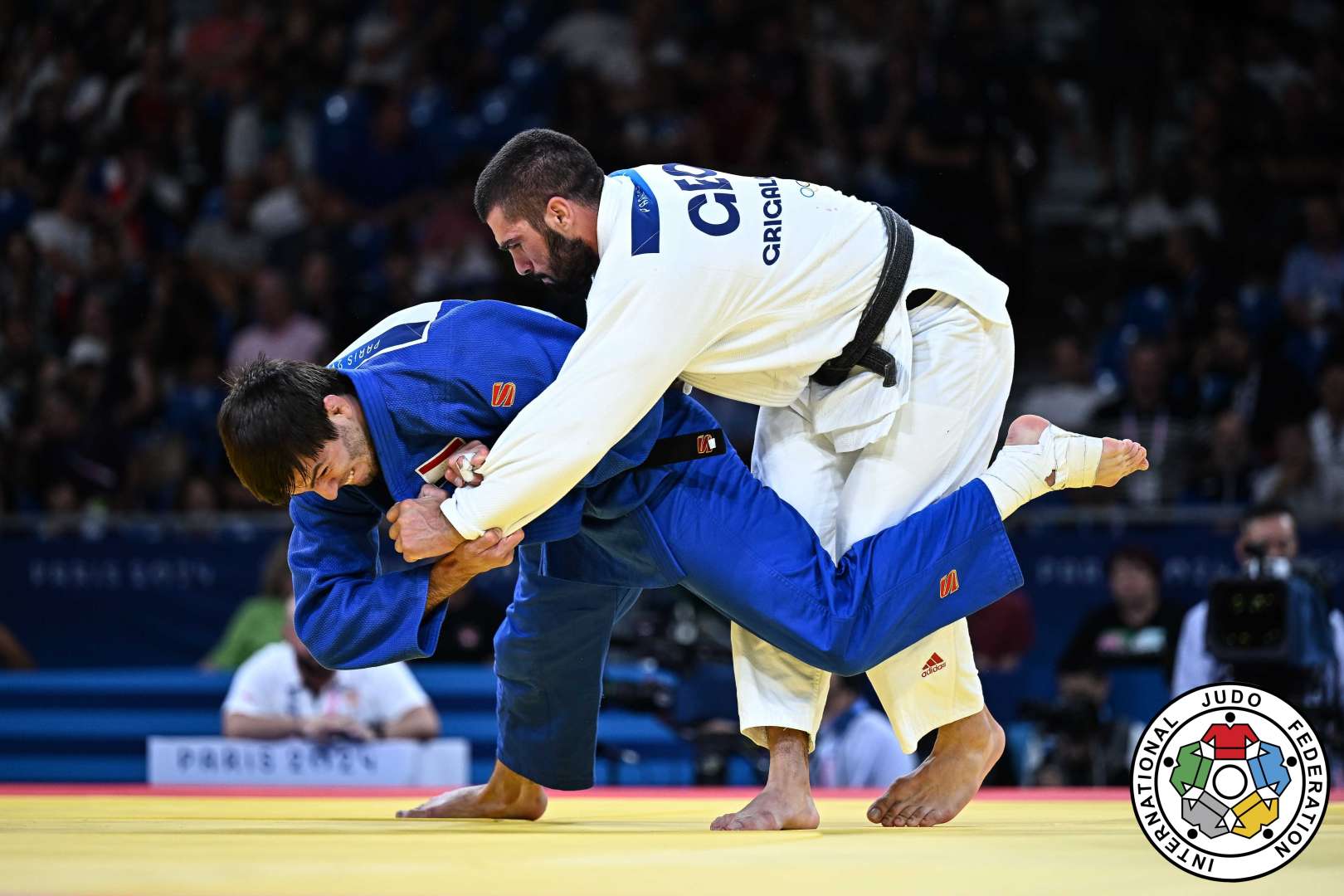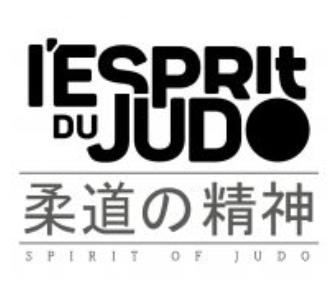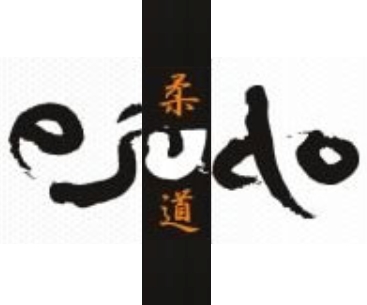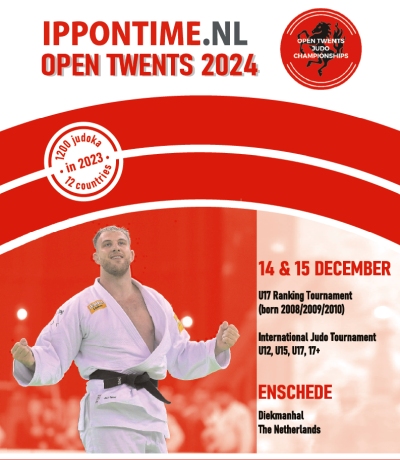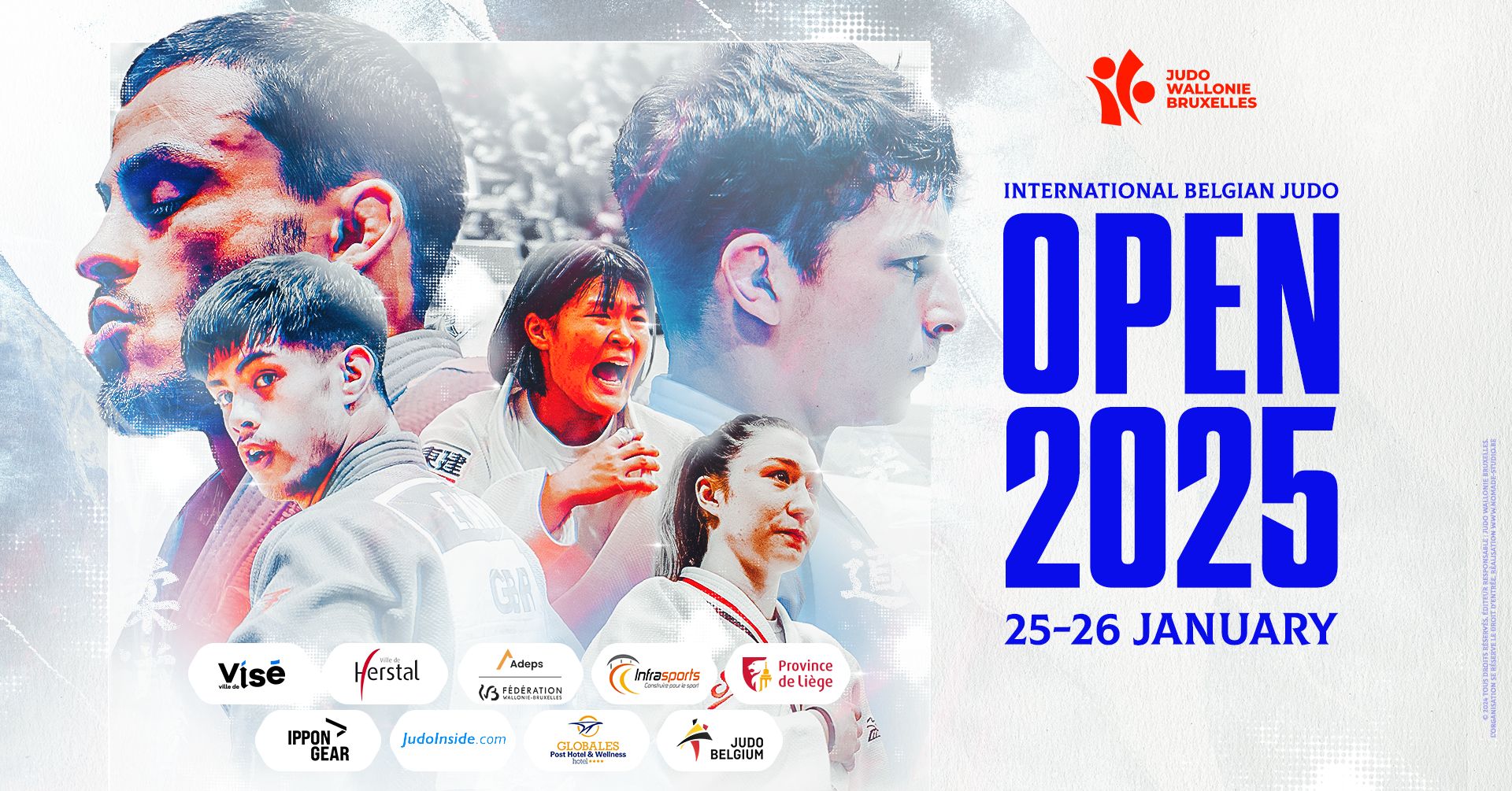Toshihiko Koga was the greatest exponent of ippon-seoi-nage ever

 24 Mar 2021 09:55
24 Mar 2021 09:55
 a JudoCrazy and JudoInside coproduction
a JudoCrazy and JudoInside coproduction
 David Finch / Judophotos.com
David Finch / Judophotos.com
JudoInside and JudoCrazy pay tribute to the passing of the legendary Toshihiko Koga, the greatest exponent of ippon-seoi-nage the world has ever seen. Of course Koga had more than just that one technique in his arsenal but it was his dynamic standing ippon-seoi-nage that captured the imagination of a whole generation of judokas who came of age in the late 1980s and early 1990s.
Koga’s ippon-seoi-nage was something he learned from his brother, who was also a seoi-nage exponent. The unique features of Koga’s ippon-seoi-nage include:
a) A unique armpit grip rather than a lapel grip on uke’s right side
b) A deep leg insertion with his right leg (some call this the “split hip” entry)
c) He begins to lift uke as he enters into the technique so that by the time he makes a complete rotation, uke is already loaded onto Koga's back.
By the time Koga started competing internationally in the mid-1980s, his ippon-seoi-nage was already fully-formed as can be seen in his fights in the Shoriki Cup and Kano Cup in Japan in the mid-80s. He also had a powerful kouchi-makikomi which he used in conjunction with his ippon-seoi-nage. Opponents who feared his ippon-seoi-nage would often pull backwards at any hint of an ippon-seoi-nage attack. It was then that Koga would strike with kouchi-makikomi towards uke’s back.
World Junior Champion
In 1986, he took part in the World Junior Championships in Rome, where he threw home favorite Fabio Di Piero of Italy with his trademark ippon-seoi-nage, on his way to winning the gold. A year later, in 1987, he took part in his first Senior World Championships in Essen where he got the shock of his life when he lost to America’s Mike Swain in the quarterfinals.
Koga's leg insertion or "split hip" ippon-seoi-nage
Koga had previously thrown Swain with ippon-seoi-nage for ippon in the Shoriki Cup and Kano Cup in Japan. But by the time the Essen World’s came around, Swain, a left-hander, had figured out how to outgrip Koga and managed to catch him with an ouchi-gari for koka. It was the smallest of scores but enough for Swain to win the match (and eventually take the World title).
The following year, in 1988, Koga again became unstuck coming up against a left-hander, Giorgi Tenadze of the Soviet Union. Tenadze, who hailed from Georgia, used an extreme Georgian-style belt grip to maul Koga throughout the entire match, knocking him down twice with footsweeps to eliminate a shellshocked Koga from the Olympic competition in Seoul.
One-handed sode
Koga must have used the next year figuring out how to deal with lefties because by the time the 1989 Belgrade World Championships came around, he had no issues fighting lefties anymore. Against Majemite Omagbaluwaje of Nigeria, he used a one-handed sode-tsurikomi-goshi with only a grip on his opponent’s left sleeve. The throw didn’t score but he was able to follow up with koshi-jime for an ippon.
One-handed morote-seoi
Next, he threw another left-hander, Chang Su-li of North Korea, with what can only be described as a one-handed morote-seoi-nage (he entered with only a grip on uke’s left lapel but no grip on uke’s right sleeve) for ippon.
Split leg seoi-nage
That took him into the final against Swain, whose gripping strategy managed to fend off Koga’s usual ippon-seoi-nage but Koga had a unique solution. He came in with a sleeve-grip, wide-split seoi-nage which nobody had seen him do before. It scored only a koka but it was enough to win Koga the match and his first World title.
Tenadze was also in the competition but he had lost to Swain in the semifinal and did not get a chance to meet Koga. It would have been interesting to see if his mauling style of belt-gripping judo would have worked again against Koga but the two men would never cross paths in competition again. Tenadze retired the following year.
Cross-grip sode
At the 1991 Barcelona World Championships, Koga introduced a brand new technique: a cross-grip sode-tsurikomi-goshi, which he did to the left (against right-handers). He threw player after player with this. Laurent Pellet of Switzerland and Shi Chensheng of China both fell victim to Koga's new throw, as did finalist Joaquin Ruiz of Spain.
Tomoe-nage
The next year, at the 1992 Barcelona Olympics Koga once again introduced a brand new technique that nobody had seem him do before: tomoe-nage. His was not yoko-tomoe-nage but the classical version where he fell straight back and threw uke over the top. He threw his first and second opponents with this.
Ippon-seoi-nage
Fans of his dynamic ippon-seoi-nage were not disappointed though. In his semifinal against Stefan Dott of Germany, he pulled off what was probably the best ippon-seoi-nage of his life. Dott, who was wary of Koga's seoi-nage, tried to slink down to the mat when Koga came in for his favorite throw but Koga literally pulled him off the ground and launched him high into the air for a magnificent ippon.
Koga had badly injured his knee on the eve of the Barcelona Olympics (he got injured doing randori with teammate Hidehiko Yoshida) and had to fight his Olympic matches with the help of painkillers. Immediately after the competition, he was flown back to Japan for surgery on his knee. The rehabilitation required took him out of play for the 1993 World Championships.
It would not be until the 1995 Tokyo World Championships that international judo fans could see Koga in action again. Although he had been away from competition for nearly three years, Koga was in the form of his life. He threw his first opponent, from Mongolia, with a stunning Koga-style ippon-seoi-nage, as if to tell the world: “I’m back!”.
Koshi-guruma
But Koga wouldn’t be Koga if he didn’t introduce yet another new technique. Against his Russian opponent in the second round, he used a stunning koshi-guruma that had his opponent landing flat on his back. The entry was identical to ippon-seoi-nage but he had his right arm wrapped around his opponent’s neck instead. This caught his opponent, and indeed judo fans, by surprise as no one had ever seen him do this before.
In the next round, he had a tough time against Alexandru Ciupe of Romania, who was an awkward left-hander. Koga launched him a few times with sode-tsurikomi-goshi and even tried koshi-guruma on him before finally landing him flat on his back with a one-handed sode. That brought him up against another difficult left-hander, Djamel Bouras of France. But Koga dispatched him easily with a one-handed sode. His final was against Oren Smadga of Israel, whose one-handed sode was arguably even better than Koga’s version. But Koga had the ultimate weapon: ippon-seoi-nage, which he used to launch Smadga into the air for ippon and the gold medal.
Ura-nage
In Koga’s final major international competition, the 1996 Atlanta Olympics, he displayed a remarkable range of techniques including — yes, yet another brand new technique. In his opening match, he caught his Taiwanese opponent with ura-nage. No one expected that from Koga. Next, against his Polish opponent, he used a footsweep. Then against a young Flavio Canto of Brazil, he used a cross-grip sode. In his semifinal against South Korea’s Cho In-chul, he used tomoe-nage.
This took him into the final against France’s Bouras, who had clearly studied Koga’s gripping style and basically mauled him the way Tenadze had done in 1988. Neither one was able to throw the other, and by the time the match ended, both had received a keikoku penalty. The hantei went to Bouras.
Although Koga had lost the match, he had displayed brilliant judo all day long, showing just how much he had evolved technically over the years. He was by far not a one-trick pony although for most judo fans, he will always be remembered for his brilliant ippon-seoi-nage.
Go to JudoCrazy to see all pictures and description of his techniques. THIS is what you shoudl subrscribe to Oon Yeoh's unique analysis.
Subscribe to JudoCrazy
 like
like
 share
share

| Result | City | Date |
|---|---|---|
| 2 | Paris | 2024 |
| 1 | Abu Dhabi | 2024 |
| 1 | Zagreb | 2024 |
| 3 | Belgrade | 2023 |
| 2 | Montpellier | 2023 |

